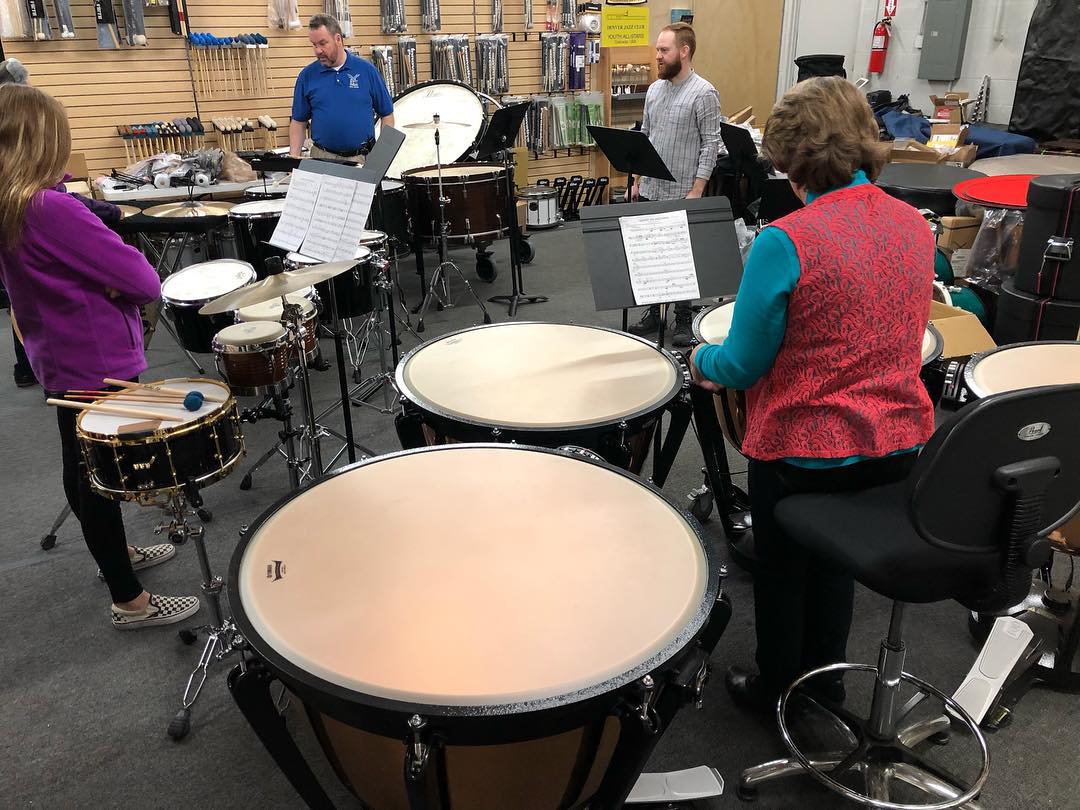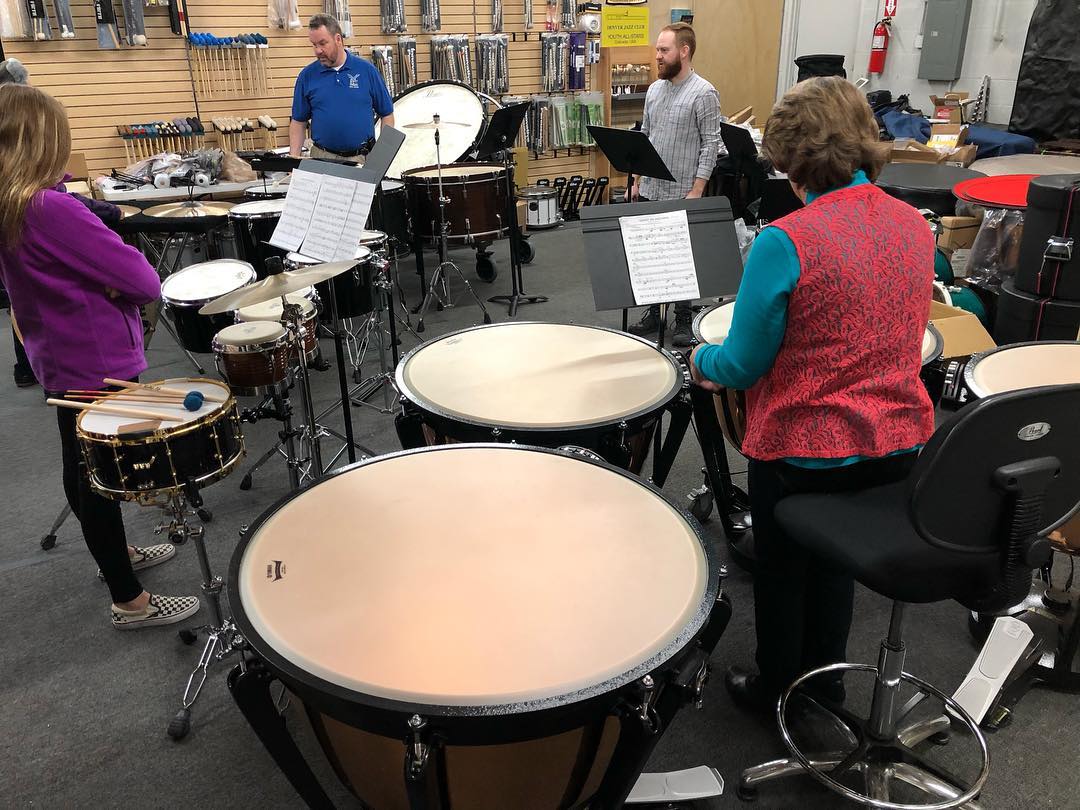History of the Kettle Drum
Posted by Sean Lemons on Jan 2nd 2020
Kettle drums, which date back from biblical times, were developed from medieval Kettle drums of Arab or Saracen origin, known in Arabic as "naqquâra". These small instruments were introduced in Europe, either by the Arabs in the 6th century, or by the Crusaders, around the 13th century and used in military and dance music.
Appreciated by the nobility of those times, they became, together with the trumpets, the essential element of chivalry music and a symbol of court life and nobility. They were officially included in the orchestra with the opera Thésée (1675) by Jean-Baptiste Lully. In fact, drummers and trumpeters even formed their own guild that enjoyed royal privileges until its disappearance, around the 19th century.
Franz Joseph Haydn is the first composer trying to free the Kettle drums from their usual association with trumpets, and he was followed by Ludwig van Beethoven, who can certainly be considered the first composer to expand the role of the Kettle drums in the orchestra, in two ways: he used other tuning intervals besides the usual perfect quartets and quintals, such as the minor sixth interval in the Symphonies No. 7 and 8, and he also gave the Kettle drum important rhythmic roles, such as in theSymphony No. 9.
Find quality kettle drums for sale at My Music Supply.


